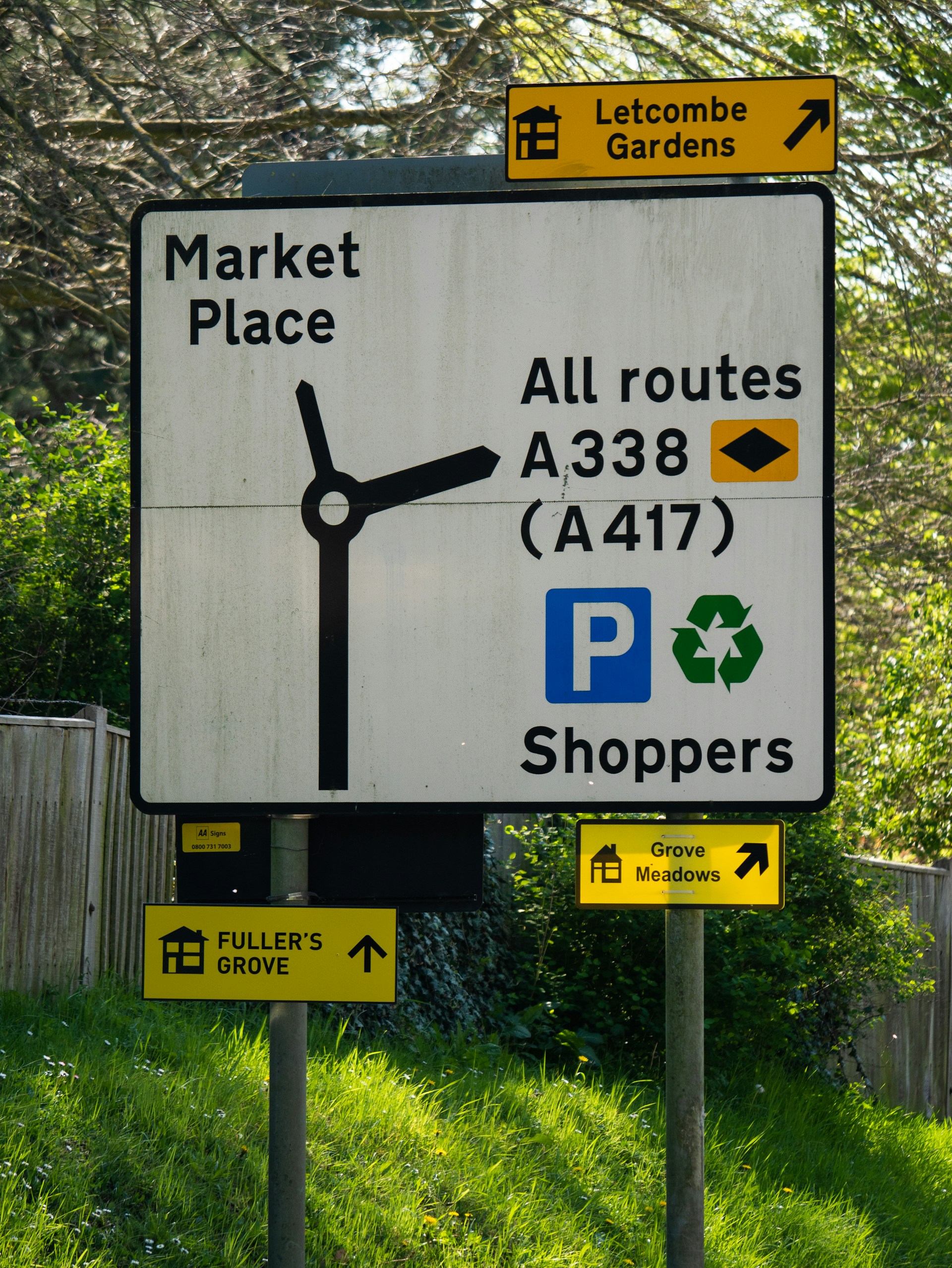The success of your vending machine business hinges on one critical decision: where you place your machines. A prime location can turn a simple snack machine into a high-performing asset, while a poor one can lead to disappointing sales and wasted potential. This guide will walk you through the essential strategies for placing your vending machines, a critical aspect of any successful operation. For those just starting out, mastering these placement strategies is among the most crucial vending machine business tips you can learn.
Understanding the Importance of Vending Machine Placement
Vending machine placement is more than just finding an empty corner; it's a strategic business decision. The right location ensures a steady stream of potential customers who have a immediate need or desire for your products. Key factors that define an ideal spot include:
- The Direct Link to Profitability: Location is the single greatest factor determining a vending machine's success. A well-placed machine can generate consistent revenue with minimal effort, while a poor location will lead to low sales, wasted operating costs, and ultimately, failure. It directly dictates the number of potential customers and their likelihood to make a purchase.
- The Power of High Foot Traffic: Foot traffic represents the total number of potential customers who pass by your machine. High foot traffic areas, such as busy hallways or waiting rooms, maximize visibility and create more opportunities for impulse buys and necessary purchases. Simply put, more people equals more potential sales.
- The Critical Role of Visibility: A machine must be seen to be used. Ideal placement is in a well-lit, open area with clear sightlines, not tucked away in a forgotten corner. High visibility acts as a constant reminder and makes the purchase process feel convenient and safe, encouraging usage.
- Matching Your Target Audience: The location must contain people who want and need your specific products. Placing a machine full of energy drinks and protein bars in a gym aligns with the audience's needs. Conversely, the same products would fail in an elementary school. Understanding demographics—age, income, and needs—is crucial.
- The Advantage of Dwell Time: Dwell time refers to how long people remain in the area surrounding your machine. Locations with high dwell time, like break rooms, waiting areas, or laundromats, give people the opportunity to decide to make a purchase. They are captive audiences with time to spare, making them ideal customers
Top Locations for Vending Machines
While opportunities are everywhere, some locations consistently outperform others. Here are some of the best places for vending machines:
- Offices & Factories: Employees often need quick snacks, coffee, or drinks during breaks. A break room is a perfect high-dwell-time environment.
- Schools & Universities: Students and faculty are always looking for a quick bite between classes. Focus on high-traffic areas like cafeterias, libraries, and student lounges.
- Hospitals & Medical Centers: With staff working long shifts and visitors spending hours in waiting rooms, vending machines become a essential convenience.
- Gyms & Recreation Centers: This audience actively seeks out healthy snacks, protein bars, and hydration options like water and sports drinks.
- Hotels: Machines placed near lobbies, pools, or on guest floors provide convenience for travelers outside of restaurant hours.
- Transportation Hubs: Airports, bus stations, and train terminals are filled with travelers with time to kill and a need for snacks and drinks.
- Manufacturing Plants & Warehouses: These locations often have limited food options on-site, making vending machines a valuable service for employees.
Evaluating Foot Traffic and Demographics
Finding a busy place is only half the battle. You need to analyze who is there and what they need.
1. Conduct Site Visits: Visit a potential location at different times of the day and week. Count the foot traffic. Is it consistently busy or only during specific hours?
2. Understand Demographics: A location can be busy but wrong for your products. An elementary school won't buy coffee, and a corporate office might not buy cheap toys. Match your product offering to the demographic (age, income, interests).
3. Identify Need States: Ask yourself: "Are people here likely to be hungry, thirsty, or bored?" Places where people experience waiting or fatigue are goldmines for vending.
4. Check for Permits and Regulations: Some locations, like schools or public buildings, may have specific rules or require permits for vending machine placement.
How to Negotiate Placement Agreements
Once you've identified a perfect spot, you need to secure it. This usually involves negotiating with a property manager or business owner.
- Lead with Value: Don't just ask for space. Explain how your machine provides a valuable service to their employees, customers, or tenants.
- Offer a Commission: The standard agreement involves offering the location owner a percentage of the monthly sales (e.g., 5-15%). This aligns your success with theirs.
- Propose a Flat Fee: For locations with more predictable traffic, a fixed monthly rent might be more appealing to the owner.
- Highlight Your Professionalism: Assure them you will handle all maintenance, restocking, and machine cleaning without any hassle to them.
- Get It in Writing: Always formalize the agreement with a contract that outlines the terms, including the commission rate, lease length, termination clauses, and who is responsible for electricity
Monitoring and Adjusting Placements for Optimal Results
Your job isn't done after the machine is placed. Continuous monitoring is key to long-term profitability.
- Track Sales Data: Modern vending machines often have sales reports. Analyze this data to see which products are selling and at what times. Slow sales could indicate a location issue.
- Gather Feedback: Talk to people at the location. Are they happy with the products? Is the machine often out of stock? This direct feedback is invaluable.
- Perform Regular Audits: Visit your machines frequently not just to restock, but to ensure they are clean, functional, and still in a prime position within the location.
- Be Willing to Move: If a location consistently underperforms after giving it a fair trial period (e.g., 3-6 months), don't be afraid to cut your losses and move the machine to a more promising site. Knowing how to place vending machines also means knowing when to replace them.
By strategically selecting your locations, negotiating smart agreements, and diligently monitoring performance, you can build a thriving and profitable vending route. For more insights, explore our guide on how to increase vending machine sales at your new locations.
FAQs
1. What are the best places to put vending machines?
High-traffic locations like offices, schools, hospitals, gyms, and transportation hubs are best. These spots offer a captive audience with immediate needs for snacks, drinks, or quick meals, leading to consistent sales and high profitability for your machines.
2. How does foot traffic affect vending machine sales?
Foot traffic directly creates sales opportunities. More people passing by increases impulse purchases and serves more customers with immediate needs. Low foot traffic means fewer potential buyers, resulting in significantly lower revenue and poor overall machine performance.
3. What factors should I consider when choosing a vending machine location?
Consider foot traffic volume, your target audience's demographics, proximity to competition, machine visibility and accessibility, and the dwell time of people in the area. These factors collectively determine the location's potential for generating consistent sales and profit.
4. How can I negotiate with property owners for vending machine placement?
Propose a mutually beneficial agreement, typically offering a percentage of sales commission (5-15%) or a flat monthly fee. Emphasize the valuable convenience your machine provides to their occupants or customers to justify the placement and secure the deal.
5. How often should I evaluate vending machine performance at a location?
You should perform a full evaluation every 3 to 6 months. This period provides enough sales data to identify trends, assess profitability, and determine if the location is meeting performance expectations or if the machine needs to be relocated.
6. What are some common mistakes to avoid in vending machine placement?
Common mistakes include ignoring foot traffic data, mismatching products to the local demographic, choosing poorly lit or inaccessible spots, and failing to secure a formal placement agreement with the property owner or manager beforehand.
7. How do I know if my vending machine location is profitable?
A location is profitable if revenue consistently exceeds the total costs of goods, commission paid to the location owner, and transportation for restocking. Calculate net income monthly to confirm the spot generates a positive financial return
Conclusion: Strategic Placement is Key to Success
Ultimately, mastering how to place vending machines is a continuous process of strategic selection and refinement. By prioritizing high-traffic locations that match your products, negotiating strong agreements, and diligently tracking performance, you can build a highly profitable and sustainable vending route. Remember, the right location is your most valuable asset.










